Jeanne Tzaut
GEOMETRIC HYPER-REALITIES
Sampling geometric forms, and re-enacting issues peculiar to artistic modernity, while at the same time thwarting some of its precepts, this is Jeanne Tzaut’s area of exploration. Using the language of minimal sculpture and abstract painting, she borrows, relies on, and quotes the vocabulary of architecture and design in order to question their foundations: how does painting broach architecture? how does a motif structure a space? how are we to play on the perception of a form?
Playing with many different artistic identities, Jeanne Tzaut becomes at once an explorer, a builder, an illusionist, and a landscape artist, in order to question her praxis through building and construction elements. “I make transfers and hijackings with the desire to kindle/re-kindle a scene”, she explains. Through this method of re-creating a scene, she scripts the space by re-introducing forms of our environment which we pay little attention to.
Recently, at Cocumont, for the exhibition “Artere, circulez tout est à voir”, Jeanne Tzaut proposed a “world of simulation”, titled Cabinet de curiosités, a mixture of sets and real elements in one of the town’s central squares. With its optical and colourful interplays, this work finds a reality dialoguing with the urban space which is removed from any functionality. In trying to exhaust the form and playing with the volumes, these absurd façades, with their diagrammatic urban furnishings, create a décor with painted and architectural motifs.
With the mischief and the mastery of space which are peculiar to her, Jeanne Tzaut invariably reflects about the particular characteristics of the architecture and scenography which a place imposes upon her. With her meanderings, which are as spatial (from the city to natural areas) as they are historical, between art movements (Neo-geo, Abstraction, Minimalism, Op art, Supports/Surfaces) she asserts an oeuvre which focuses on art like a panorama, a set which does not reveal itself at first glance. If, with Jeanne Tzaut, the challenges inherent to physical space and landscape are quintessential, her works, for their part, invite us to think, for a split second, about the authenticity of the artifice. By delving into the hidden mechanisms of these arrangements, Jeanne Tzaut traps our eye with her works and develops a critical approach to the power of representation: from the decorative to the pictorial, from the handmade to the standardization of forms and the anachronism of volumes.
By way of this transformation of materials and the alteration of their size, she explores the tension between functionalism and formalism, and reveals how sculpture and architecture influence one another and mutually gauge each other. On the one hand, by questioning the form and functioning of landscape through micro-architectures, she gets histories of painting and sculpture to co-exist, especially with the base in her works Gardinium and Diorama. On the other hand, by combining them and condensing them with eclectic elements, her works become chimaeras, looking like maquettes and scale models. Calling to mind certain works by Elisabeth Ballet and the American Rita McBride, who question the standardization of objects, Jeanne Tzaut’s works, which are collages of materials and construction, propose a re-reading of art movements through interplays of perspectives, scales, textures, and heterogeneous architectural elements. Neither true nor false, her works seem to be “new hyper-realities”.1 ».
Translated by Simon Pleasance
Note :
1. A term used by Peter Halley, in La Crise de la géométrie et autres essais, 1981-1987, Beaux-arts de Paris Les editions, 2014
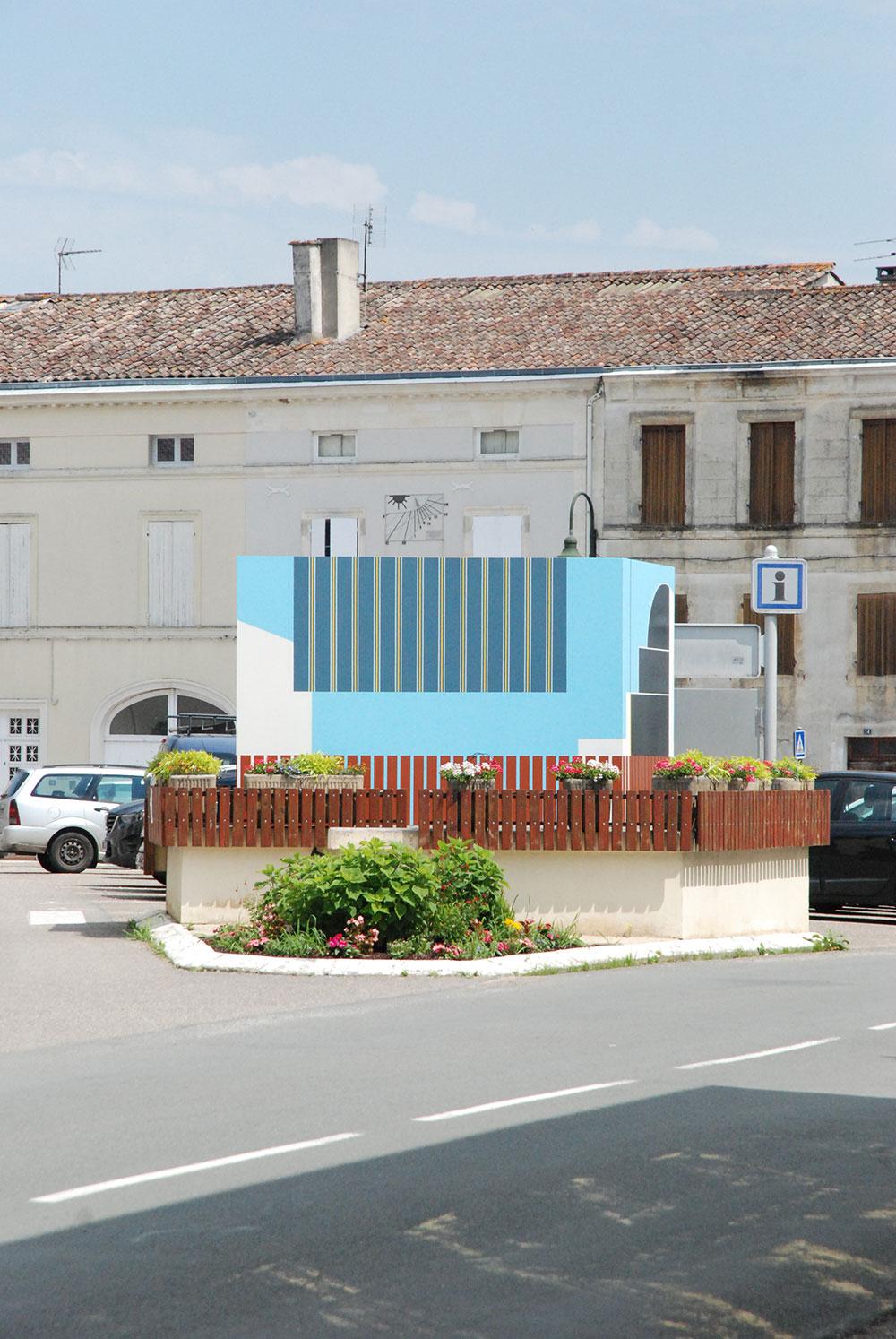
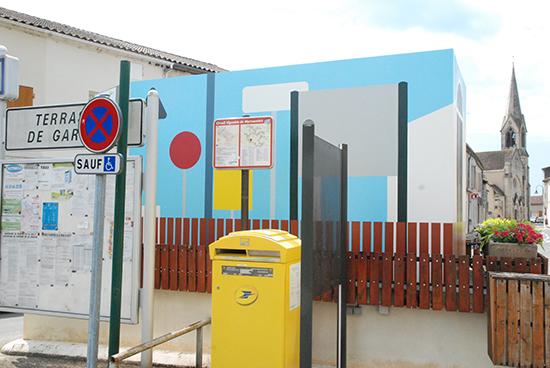
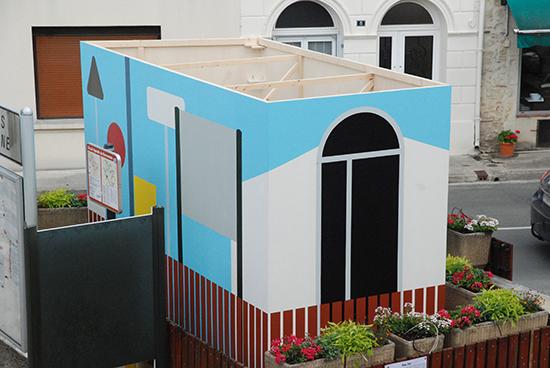
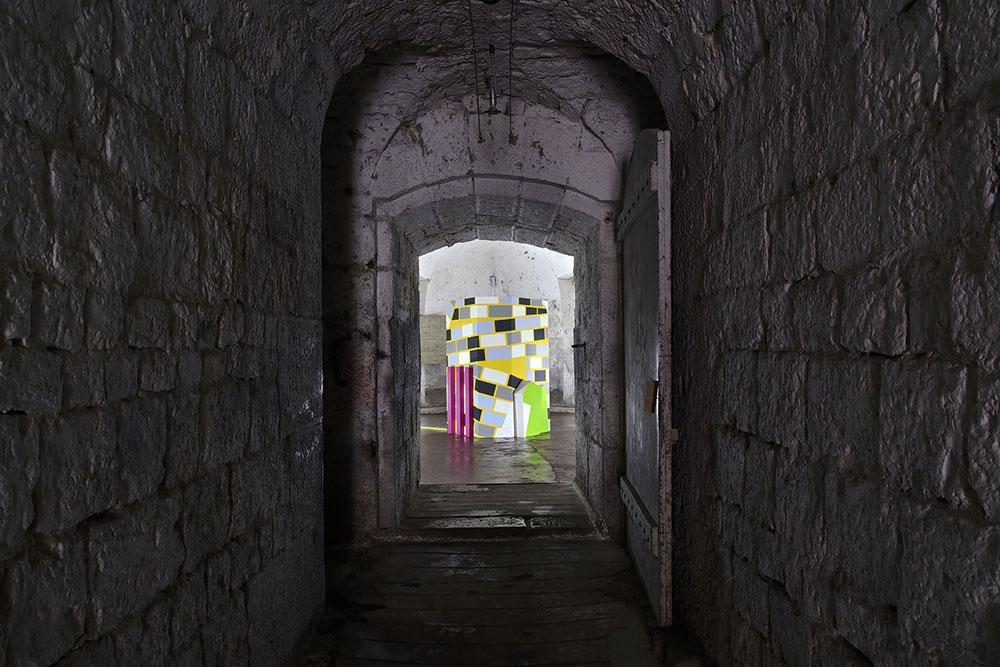
Exhibition view "Déviation", 2016, Besançon, curated by Réseau Seize Mille.
© Photography : Nicolas Waltefaugle
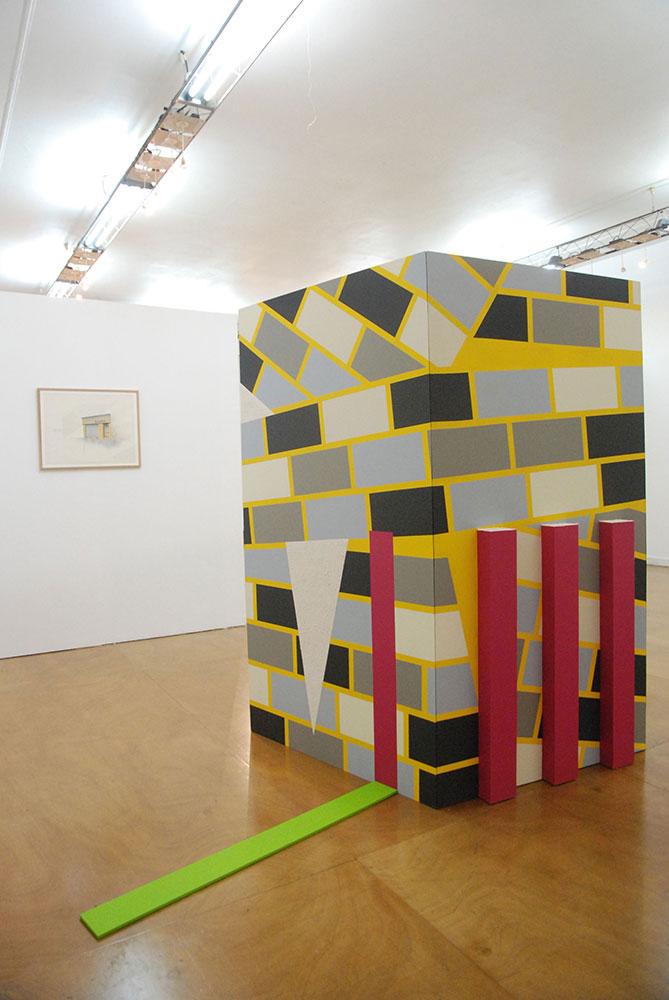
Exhibition view "Frontispice", 2016, Châteauroux, curated by EMBAC
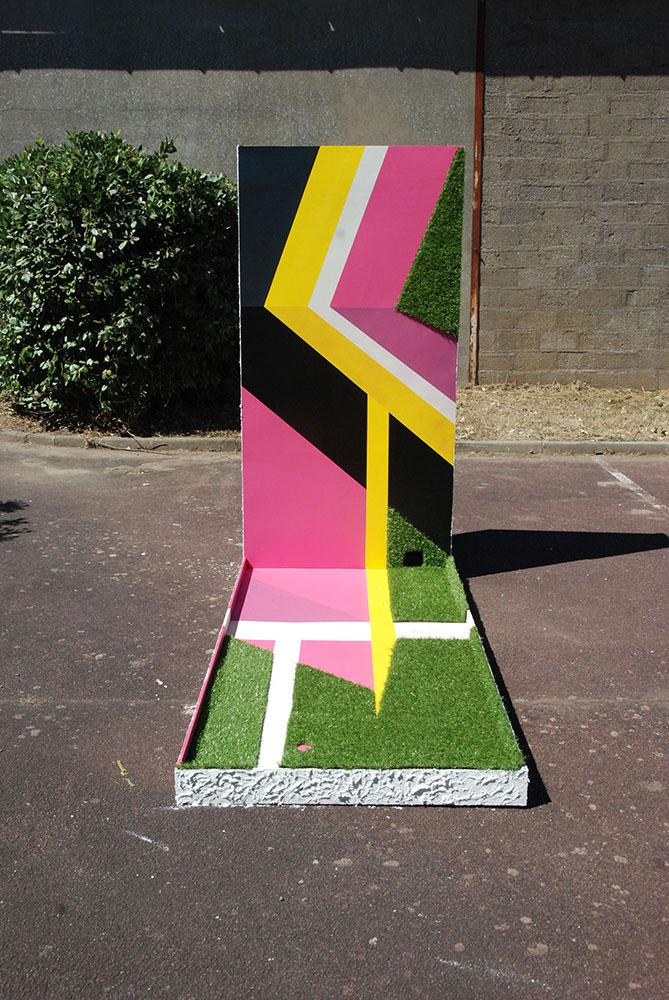
Exhibition view "Putt Putt", St Nazaire, 2017, curated by La Mobylette
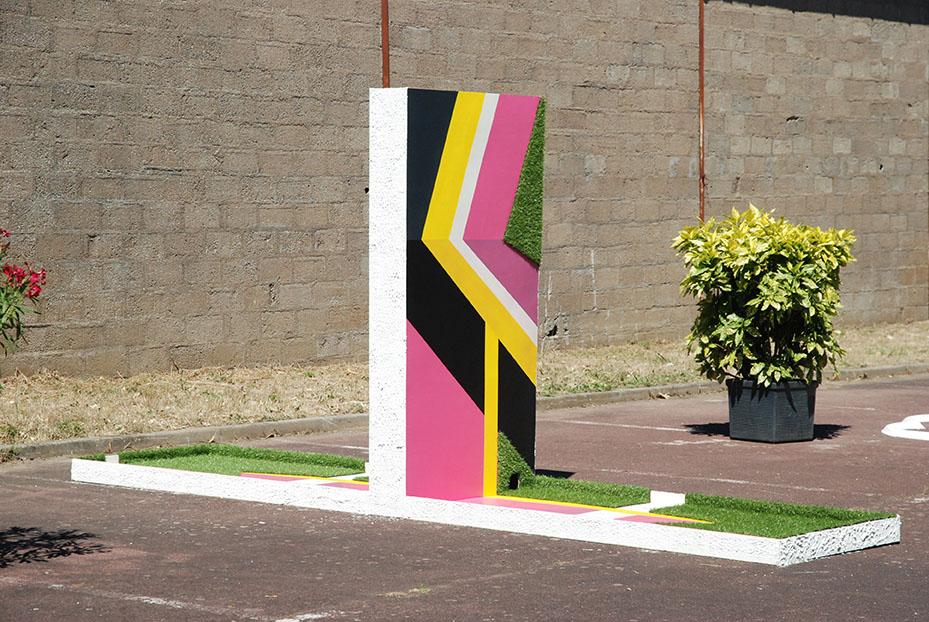
Exhibition view "Putt Putt", St Nazaire, 2017, curated by La Mobylette
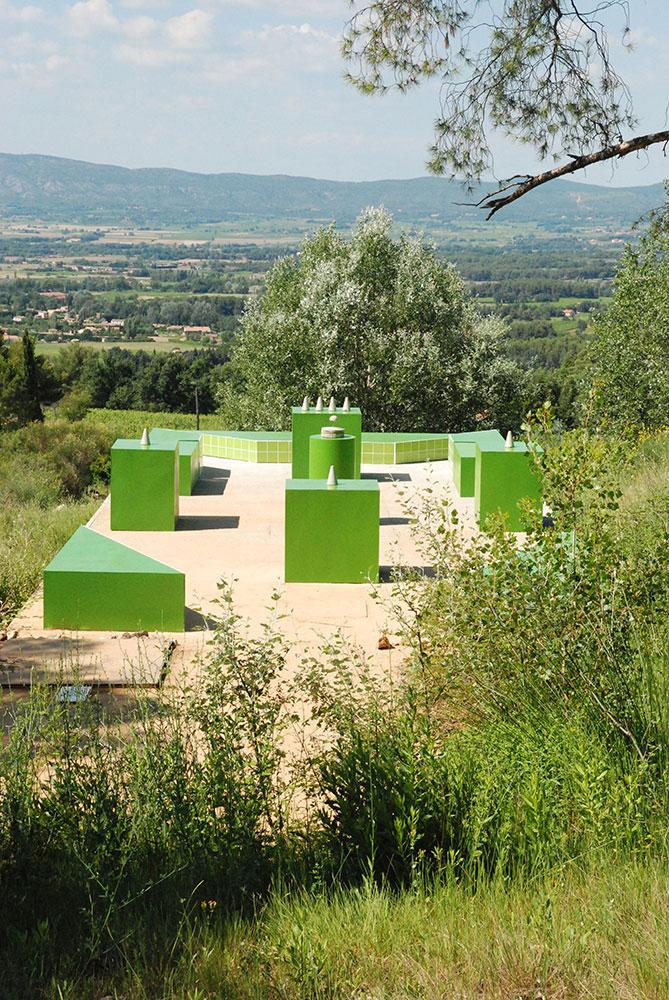
Exhibition view "Champ magnétique du quotidien", 2014 , Aix-en-Provence,
curated by Voyons voir
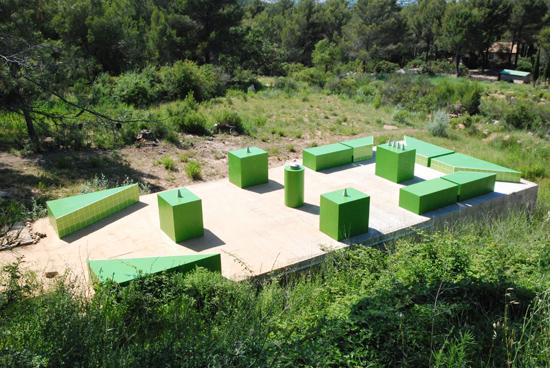
Exhibition view "Champ magnétique du quotidien", 2014 , Aix-en-Provence,
curated by Voyons voir
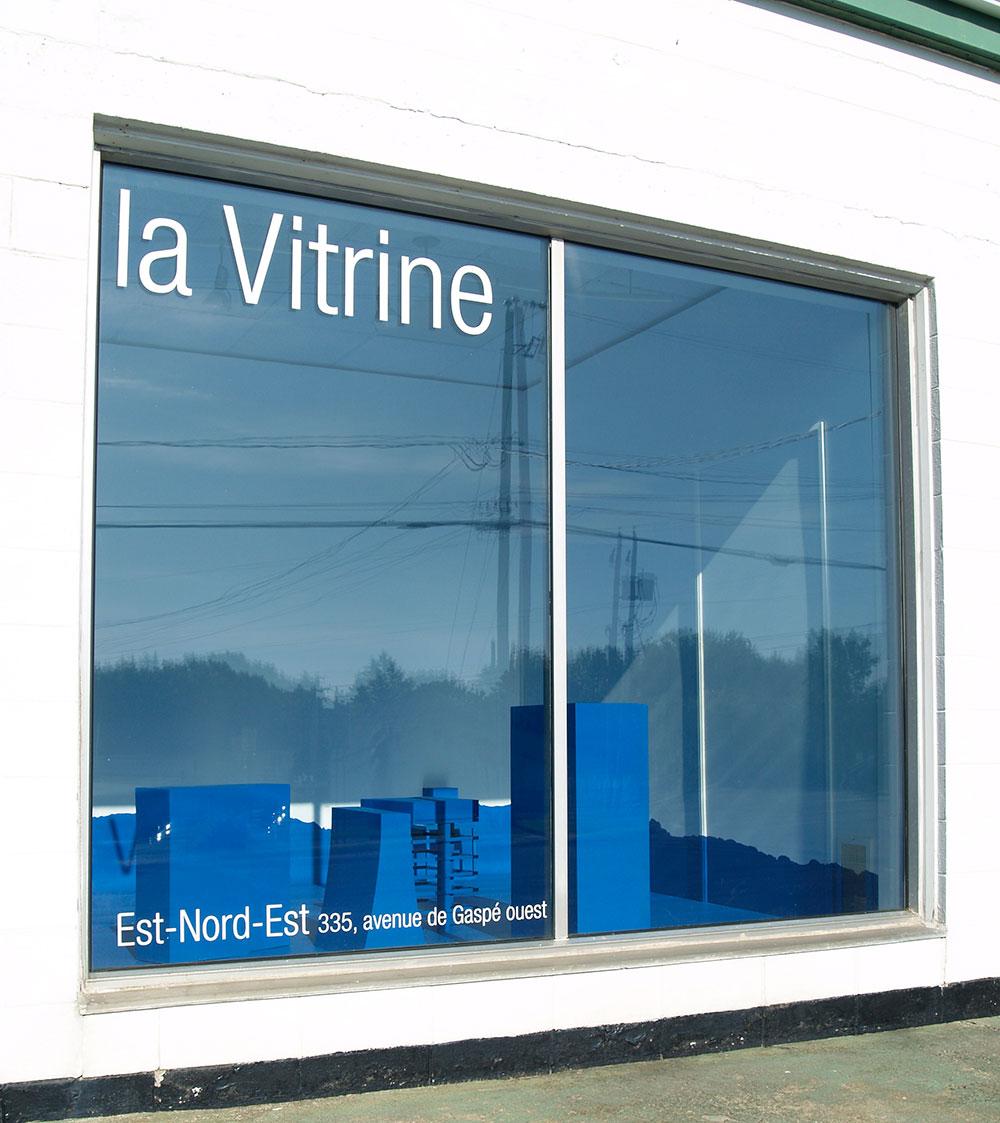
Exhibition view "Diorama" galerie La Vitrine, Saint Jean Port Joli (QC)
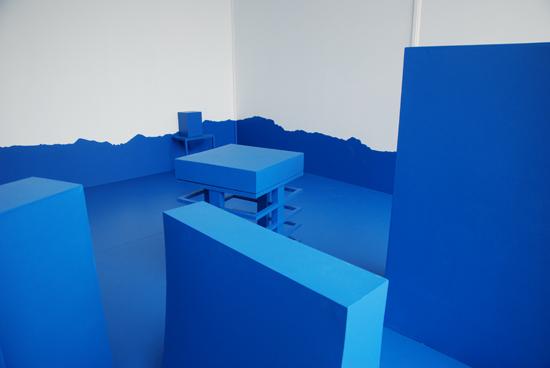
Exhibition view "Diorama" galerie La Vitrine, Saint Jean Port Joli (QC)
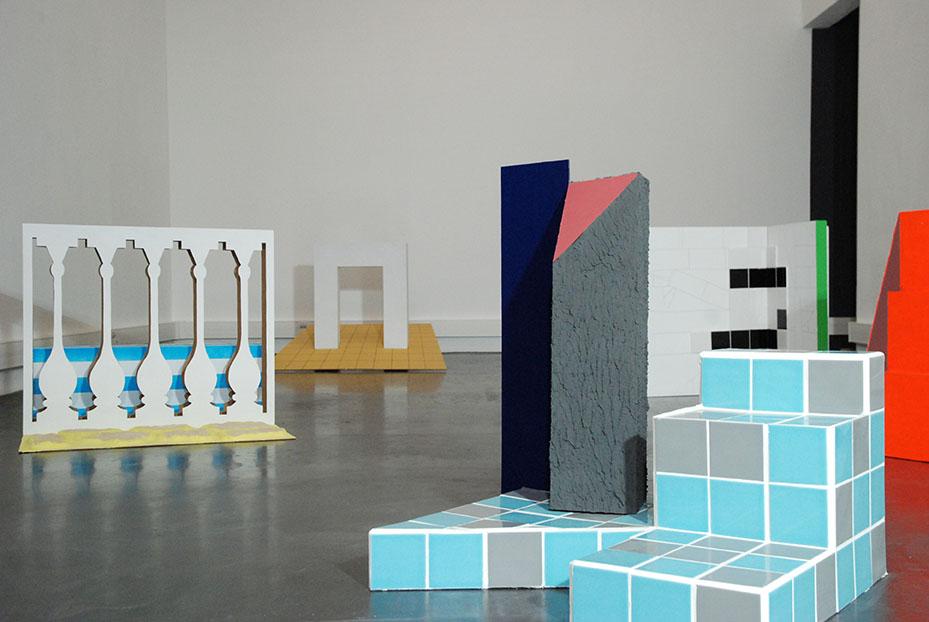
studio view, Pau, curated by Bel Ordinaire
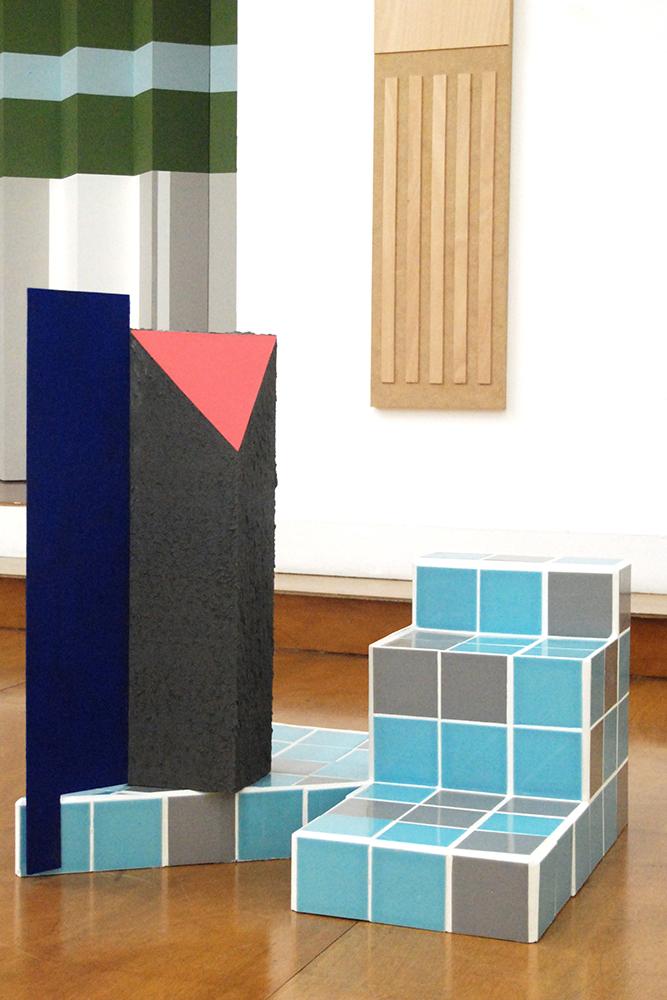
studio view, Pau, curated by Bel Ordinaire

Exhibition view "Brut Ocean", 2015, Pau, curated by Le Bel Ordinaire

Exhibition view "Brut Ocean", 2015, Pau, curated by Le Bel Ordinaire